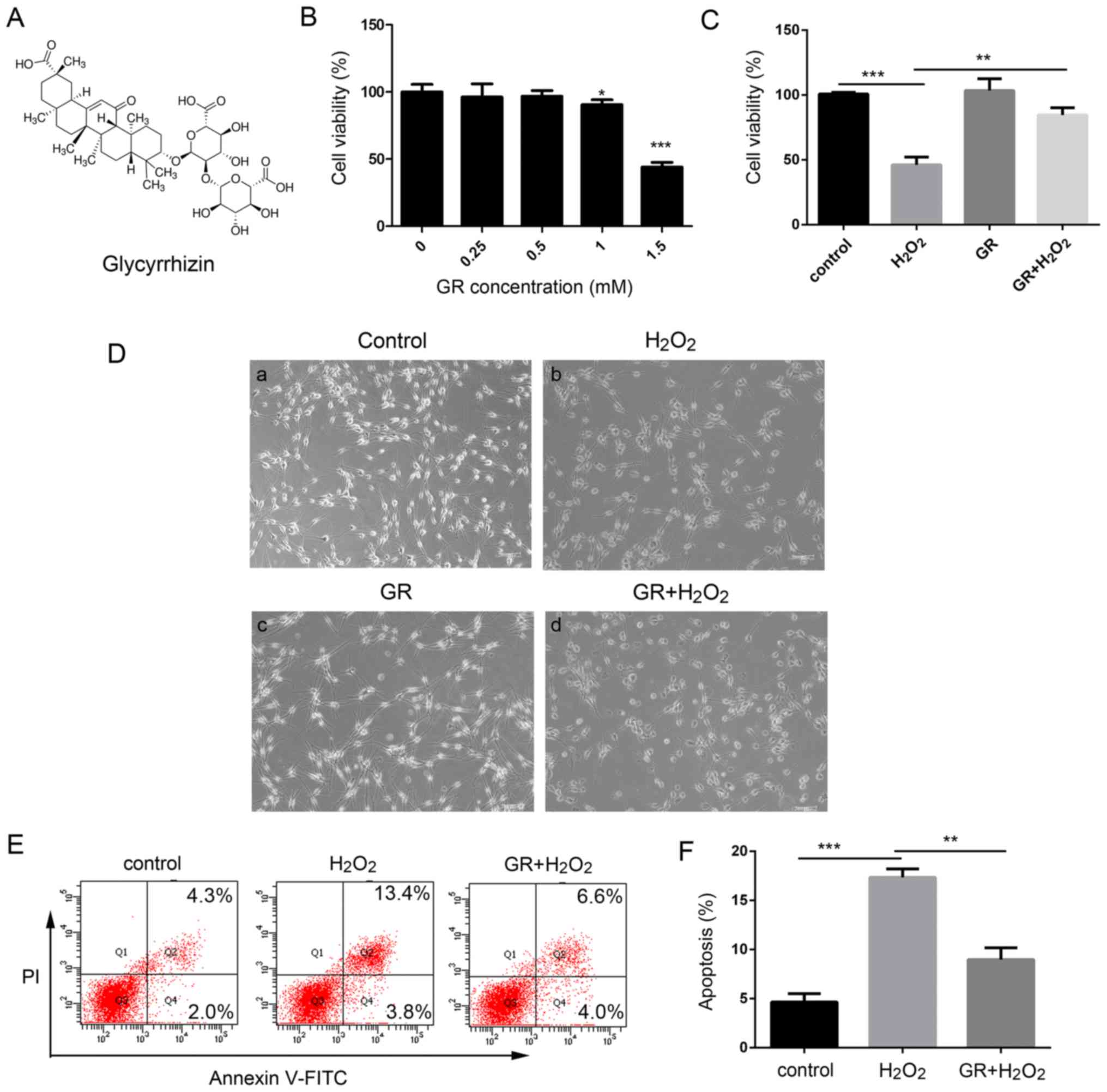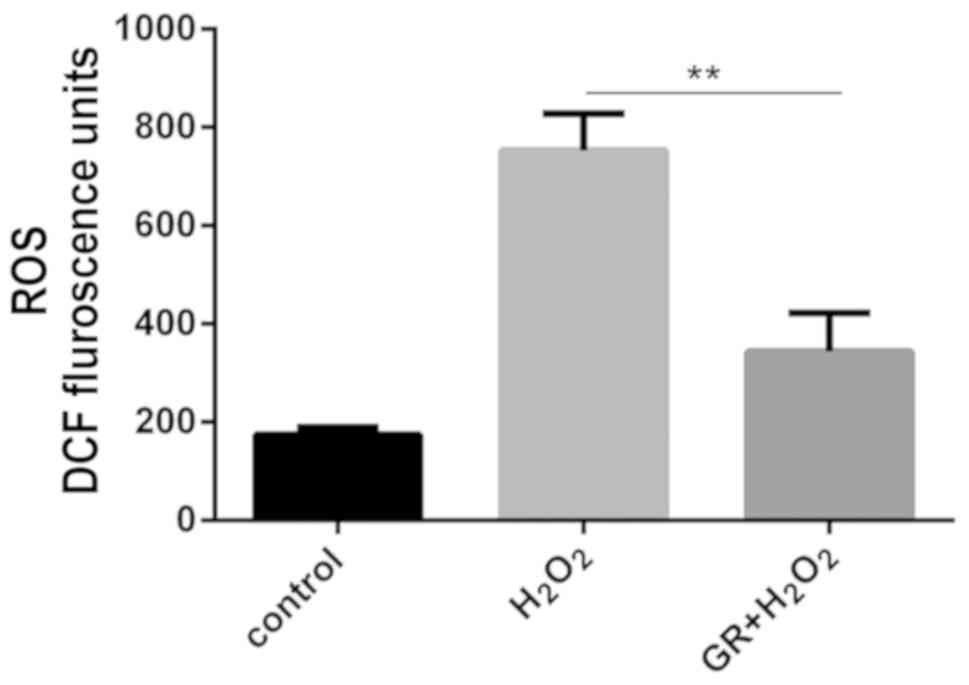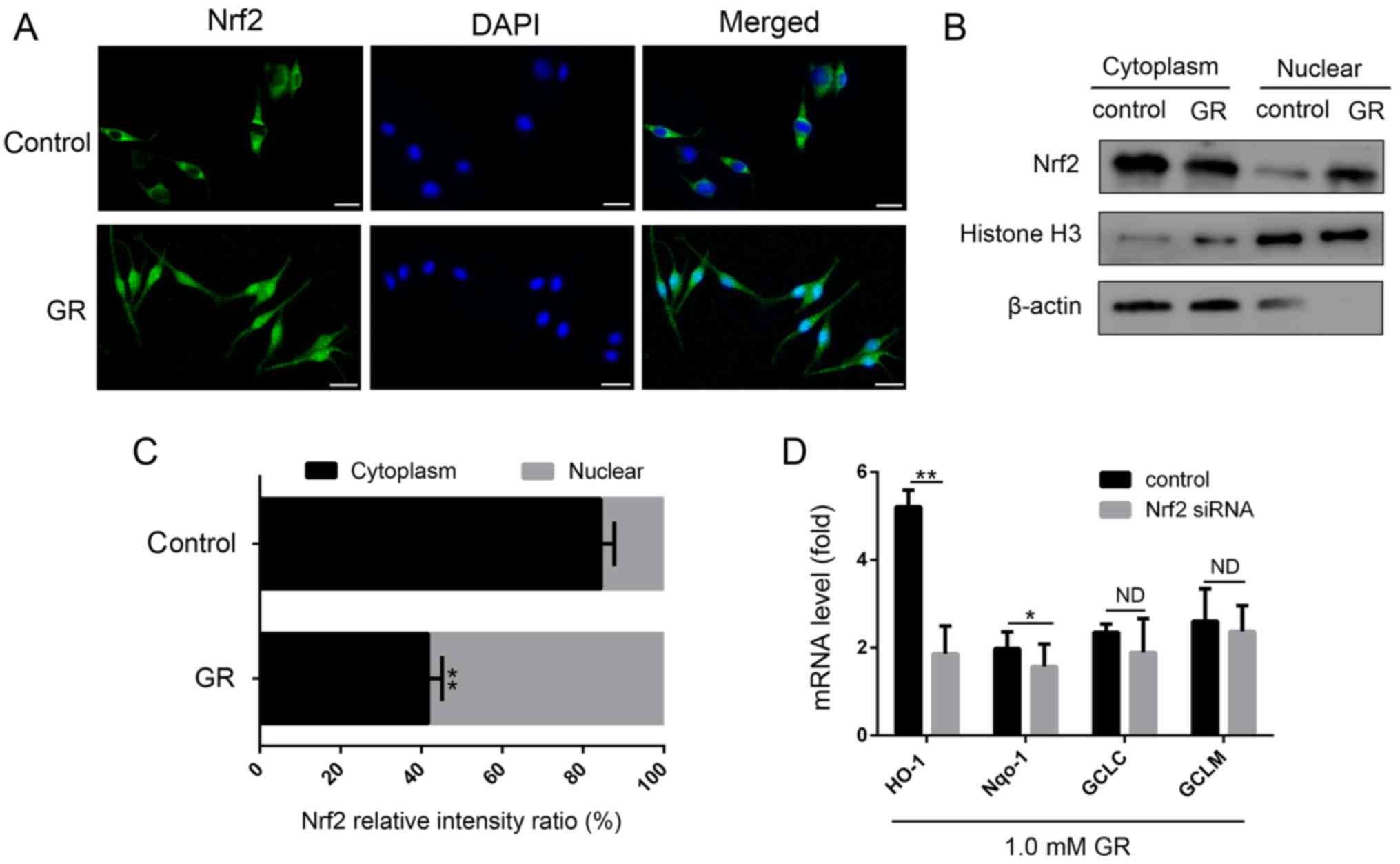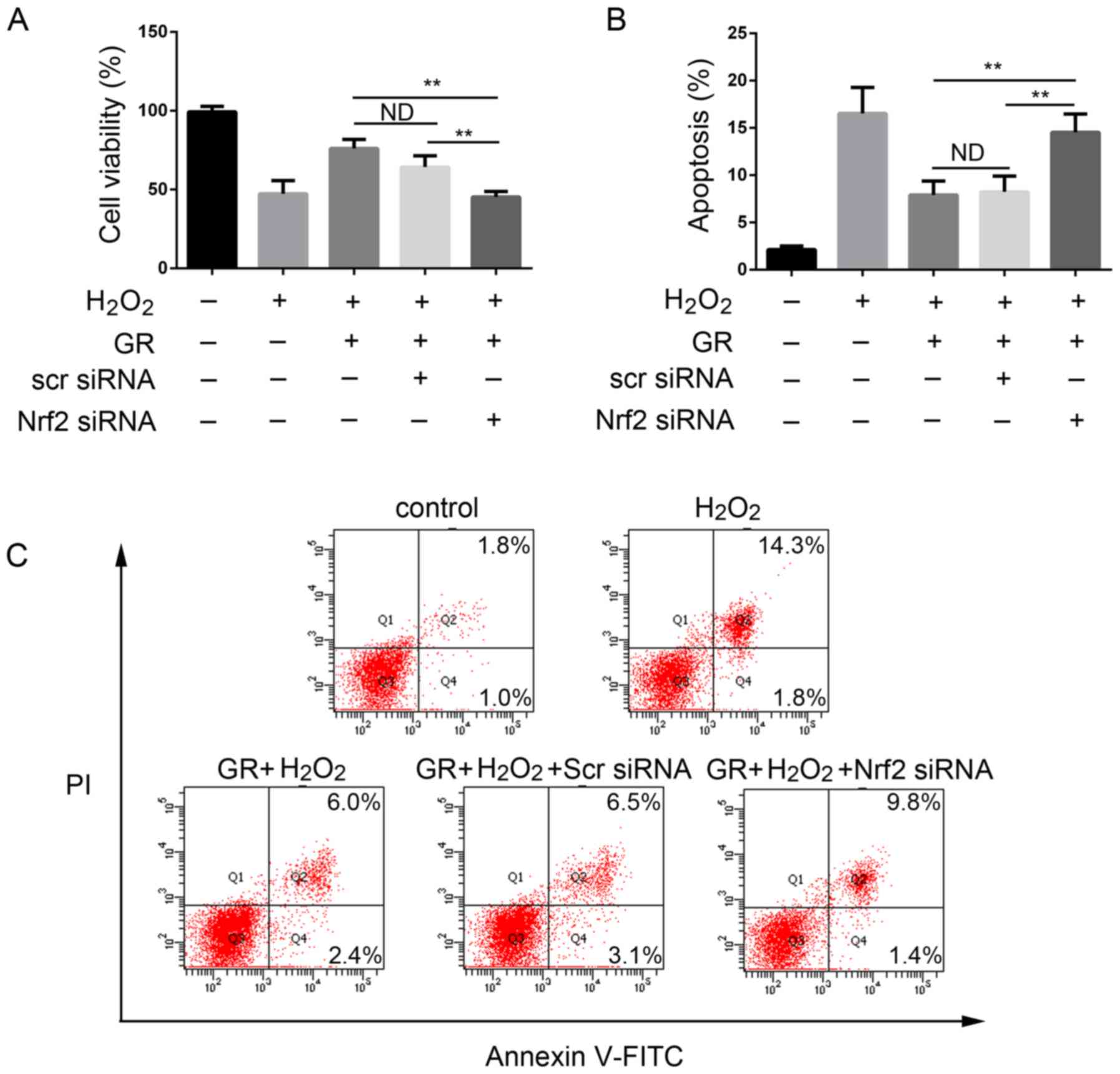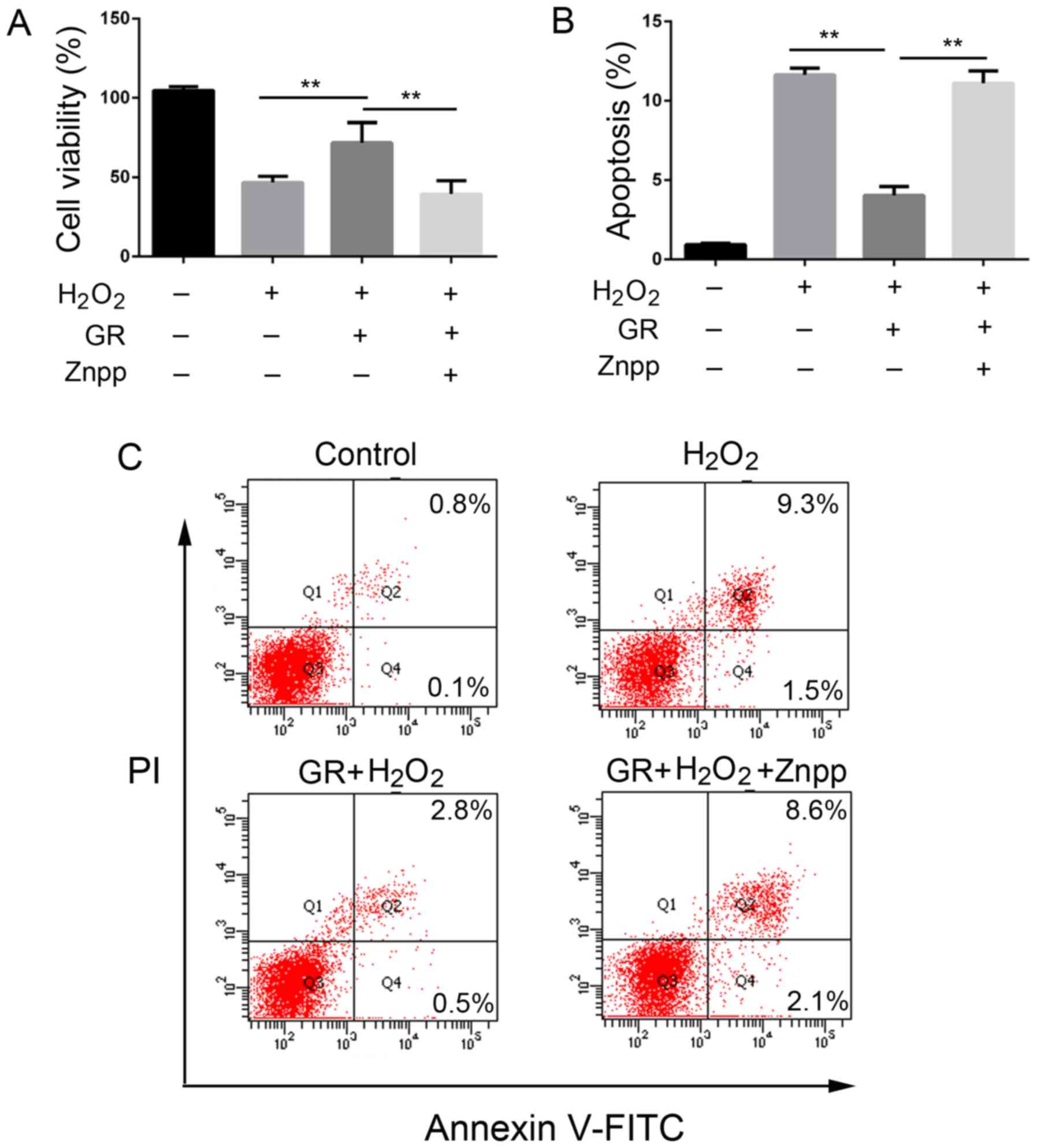|
1
|
Slominski AT, Zmijewski MA, Skobowiat C,
Zbytek B, Slominski RM and Steketee JD: Sensing the environment:
Regulation of local and global homeostasis by the skin's
neuroendocrine system. Adv Anat Embryol Cell Biol. 212:vvii1–115.
2012.PubMed/NCBI
|
|
2
|
Slominski A, Tobin DJ, Shibahara S and
Wortsman J: Melanin pigmentation in mammalian skin and its hormonal
regulation. Physiol Rev. 84:1155–1228. 2004. View Article : Google Scholar : PubMed/NCBI
|
|
3
|
Salman A, Kurt E, Topcuoglu V and Demircay
Z: Social anxiety and quality of life in vitiligo and acne patients
with facial involvement: A cross-sectional controlled study. Am J
Clin Dermatol. 17:305–311. 2016. View Article : Google Scholar : PubMed/NCBI
|
|
4
|
Njoo MD and Westerhof W: Vitiligo.
Pathogenesis and treatment. Am J Clin Dermatol. 2:167–181. 2001.
View Article : Google Scholar : PubMed/NCBI
|
|
5
|
Slominski A, Zmijewski MA and Pawelek J:
L-tyrosine and L-dihydroxyphenylalanine as hormone-like regulators
of melanocyte functions. Pigment Cell Melanoma Res. 25:14–27. 2012.
View Article : Google Scholar
|
|
6
|
Krüger C and Schallreuter KU: A review of
the worldwide prevalence of vitiligo in children/adolescents and
adults. Int J Dermatol. 51:1206–1212. 2012. View Article : Google Scholar : PubMed/NCBI
|
|
7
|
Ezzedine K, Eleftheriadou V, Whitton M and
van Geel N: Vitiligo. Lancet. 386:74–84. 2015. View Article : Google Scholar : PubMed/NCBI
|
|
8
|
Picardo M, Dell'Anna ML, Ezzedine K,
Hamzavi I, Harris JE, Parsad D and Taieb A: Vitiligo. Nat Rev Dis
Primers. 1:150112015. View Article : Google Scholar : PubMed/NCBI
|
|
9
|
Schallreuter KU, Moore J, Wood JM, Beazley
WD, Gaze DC, Tobin DJ, Marshall HS, Panske A, Panzig E and Hibberts
NA: In vivo and in vitro evidence for hydrogen peroxide (H O
accumulation in the epidermis of patients with vitiligo and 2 2)
its successful removal by a UVB-activated pseudocatalase. J
Investig Dermatol Symp Proc. 4:91–96. 1999. View Article : Google Scholar : PubMed/NCBI
|
|
10
|
Mohammed GF, Gomaa AH and Al-Dhubaibi MS:
Highlights in pathogenesis of vitiligo. World J Clin Cases.
3:221–230. 2015. View Article : Google Scholar : PubMed/NCBI
|
|
11
|
Ma Q: Role of nrf2 in oxidative stress and
toxicity. Annu Rev Pharmacol Toxicol. 53:401–426. 2013. View Article : Google Scholar : PubMed/NCBI
|
|
12
|
Zhu H, Itoh K, Yamamoto M, Zweier JL and
Li Y: Role of Nrf2 signaling in regulation of antioxidants and
phase 2 enzymes in cardiac fibroblasts: Protection against reactive
oxygen and nitrogen species-induced cell injury. FEBS Lett.
579:3029–3036. 2005. View Article : Google Scholar : PubMed/NCBI
|
|
13
|
Villeneuve NF, Lau A and Zhang DD:
Regulation of the Nrf2-Keap1 antioxidant response by the ubiquitin
proteasome system: An insight into cullinring ubiquitin ligases.
Antioxid Redox Signal. 13:1699–1712. 2010. View Article : Google Scholar : PubMed/NCBI
|
|
14
|
Taguchi K, Motohashi H and Yamamoto M:
Molecular mechanisms of the Keap1-Nrf2 pathway in stress response
and cancer evolution. Genes Cells. 16:123–140. 2011. View Article : Google Scholar : PubMed/NCBI
|
|
15
|
Ichimura Y, Waguri S, Sou YS, Kageyama S,
Hasegawa J, Ishimura R, Saito T, Yang Y, Kouno T, Fukutomi T, et
al: Phosphorylation of p62 activates the Keap1-Nrf2 pathway during
selective autophagy. Mol Cell. 51:618–631. 2013. View Article : Google Scholar : PubMed/NCBI
|
|
16
|
Jian Z, Li K, Liu L, Zhang Y, Zhou Z, Li C
and Gao T: Heme oxygenase-1 protects human melanocytes from
H2O2-induced oxidative stress via the
Nrf2-ARE pathway. J Invest Dermatol. 131:1420–1427. 2011.
View Article : Google Scholar : PubMed/NCBI
|
|
17
|
Jian Z, Li K, Song P, Zhu G, Zhu L, Cui T,
Liu B, Tang L, Wang X, Wang G, et al: Impaired activation of the
Nrf2-ARE signaling pathway undermines H response: A possible
mechanism for melanocyte degeneration in 2O2-induced oxidative
stress vitiligo. J Invest Dermatol. 134:2221–2230. 2014. View Article : Google Scholar : PubMed/NCBI
|
|
18
|
Kim JY, Lee H, Lee EJ, Kim M, Kim TG, Kim
HP and Oh SH: Keap1 knockdown in melanocytes induces cell
proliferation and survival via HO-1-associated β-catenin signaling.
J Dermatol Sci. 88:85–95. 2017. View Article : Google Scholar : PubMed/NCBI
|
|
19
|
Lee CH, Park SW, Kim YS, Kang SS, Kim JA,
Lee SH and Lee SM: Protective mechanism of glycyrrhizin on acute
liver injury induced by carbon tetrachloride in mice. Biol Pharm
Bull. 30:1898–1904. 2007. View Article : Google Scholar : PubMed/NCBI
|
|
20
|
Haleagrahara N, Varkkey J and Chakravarthi
S: Cardioprotective effects of glycyrrhizic acid against
isoproterenol-induced myocardial ischemia in rats. Int J Mol Sci.
12:7100–7113. 2011. View Article : Google Scholar : PubMed/NCBI
|
|
21
|
Tang ZH, Li T, Tong YG, Chen XJ, Chen XP,
Wang YT and Lu JJ: A systematic review of the anticancer properties
of compounds isolated from Licorice (Gancao). Planta Med.
81:1670–1687. 2015. View Article : Google Scholar : PubMed/NCBI
|
|
22
|
Ming LJ and Yin AC: Therapeutic effects of
glycyrrhizic acid. Nat Prod Commun. 8:415–418. 2013.PubMed/NCBI
|
|
23
|
Xiong H, Xu Y, Tan G, Han Y, Tang Z, Xu W,
Zeng F and Guo Q: Glycyrrhizin ameliorates imiquimod-induced
psoriasis-like skin lesions in BALB/c mice and inhibits
TNF-α-induced ICAM-1 expression via NF-κB/MAPK in HaCaT cells. Cell
Physiol Biochem. 35:1335–1346. 2015. View Article : Google Scholar
|
|
24
|
Wang Y, Zhang Y, Peng G and Han X:
Glycyrrhizin ameliorates atopic dermatitis-like symptoms through
inhibition of HMGB1. Int Immunopharmacol. 60:9–17. 2018. View Article : Google Scholar : PubMed/NCBI
|
|
25
|
Lee J, Jung E, Park J, Jung K, Park E, Kim
J, Hong S, Park J, Park S, Lee S and Park D: Glycyrrhizin induces
melanogenesis by elevating a cAMP level in b16 melanoma cells. J
Invest Dermatol. 124:405–411. 2005. View Article : Google Scholar : PubMed/NCBI
|
|
26
|
Mou KH, Han D, Liu WL and Li P:
Combination therapy of orally administered glycyrrhizin and UVB
improved active-stage generalized vitiligo. Braz J Med Biol Res.
49:2016. View Article : Google Scholar : PubMed/NCBI
|
|
27
|
Abo El-Magd NF, El-Mesery M, El-Karef A
and El-Shishtawy MM: Glycyrrhizin ameliorates high fat diet-induced
obesity in rats by activating NrF2 pathway. Life Sci. 193:159–170.
2018. View Article : Google Scholar
|
|
28
|
Kim YM, Kim HJ and Chang KC: Glycyrrhizin
reduces HMGB1 secretion in lipopolysaccharide-activated RAW 264.7
cells and endotoxemic mice by p38/Nrf2-dependent induction of HO-1.
Int Immunopharmacol. 26:112–118. 2015. View Article : Google Scholar : PubMed/NCBI
|
|
29
|
Xu C, Liang C, Sun W, Chen J and Chen X:
Glycyrrhizic acid ameliorates myocardial ischemic injury by the
regulation of inflammation and oxidative state. Drug Des Devel
Ther. 12:1311–1319. 2018. View Article : Google Scholar : PubMed/NCBI
|
|
30
|
Livak KJ and Schmittgen TD: Analysis of
relative gene expression data using real-time quantitative PCR and
the 2(-Delta Delta C(T)) method. Methods. 25:402–408. 2001.
View Article : Google Scholar
|
|
31
|
Mou K, Liu W, Miao Y, Cao F and Li P:
HMGB1 deficiency reduces H2 O2-induced
oxidative damage in human melanocytes via the Nrf2 pathway. J Cell
Mol Med. 22:6148–6156. 2018. View Article : Google Scholar :
|
|
32
|
Lotti T, Gori A, Zanieri F, Colucci R and
Moretti S: Vitiligo: New and emerging treatments. Dermatol Ther.
21:110–117. 2008. View Article : Google Scholar : PubMed/NCBI
|
|
33
|
Lotti T, Buggiani G, Troiano M, Assad GB,
Delescluse J, De Giorgi V and Hercogova J: Targeted and combination
treatments for vitiligo. Comparative evaluation of different
current modalities in 458 subjects. Dermatol Ther. 21(Suppl 1):
S20–S26. 2008. View Article : Google Scholar : PubMed/NCBI
|
|
34
|
Wassef C, Lombardi A, Khokher S and Rao
BK: Vitiligo surgical, laser, and alternative therapies: A review
and case series. J Drugs Dermatol. 12:685–691. 2013.PubMed/NCBI
|
|
35
|
Majid I and Imran S: Relapse after
methylprednisolone oral minipulse therapy in childhood vitiligo: A
12-month follow-up study. Indian J Dermatol. 58:113–116. 2013.
View Article : Google Scholar : PubMed/NCBI
|
|
36
|
Skobowiat C, Brożyna AA, Janjetovic Z,
Jeayeng S, Oak ASW, Kim TK, Panich U, Reiter RJ and Slominski AT:
Melatonin and its derivatives counteract the ultraviolet B
radiation-induced damage in human and porcine skin ex vivo. J
Pineal Res. 65:e125012018. View Article : Google Scholar : PubMed/NCBI
|
|
37
|
Janjetovic Z, Jarrett SG, Lee EF, Duprey
C, Reiter RJ and Slominski AT: Melatonin and its metabolites
protect human melanocytes against UVB-induced damage: Involvement
of NRF2-mediated pathways. Sci Rep. 7:12742017. View Article : Google Scholar : PubMed/NCBI
|
|
38
|
Mollica L, De Marchis F, Spitaleri A,
Dallacosta C, Pennacchini D, Zamai M, Agresti A, Trisciuoglio L,
Musco G and Bianchi ME: Glycyrrhizin binds to high-mobility group
box 1 protein and inhibits its cytokine activities. Chem Biol.
14:431–441. 2007. View Article : Google Scholar : PubMed/NCBI
|
|
39
|
Faridvand Y, Nozari S, Vahedian V, Safaie
N, Pezeshkian M, Haddadi P, Mamipour M, Rezaie-Nezhad A, Jodati A
and Nouri M: Nrf2 activation and down-regulation of HMGB1 and MyD88
expression by amnion membrane extracts in response to the
hypoxia-induced injury in cardiac H9c2 cells. Biomed Pharmacother.
109:360–368. 2019. View Article : Google Scholar
|
|
40
|
Park EJ, Kim YM and Chang KC: Hemin
reduces HMGB1 release by UVB in an AMPK/HO-1-dependent pathway in
human keratinocytes HaCaT cells. Arch Med Res. 48:423–431. 2017.
View Article : Google Scholar : PubMed/NCBI
|















